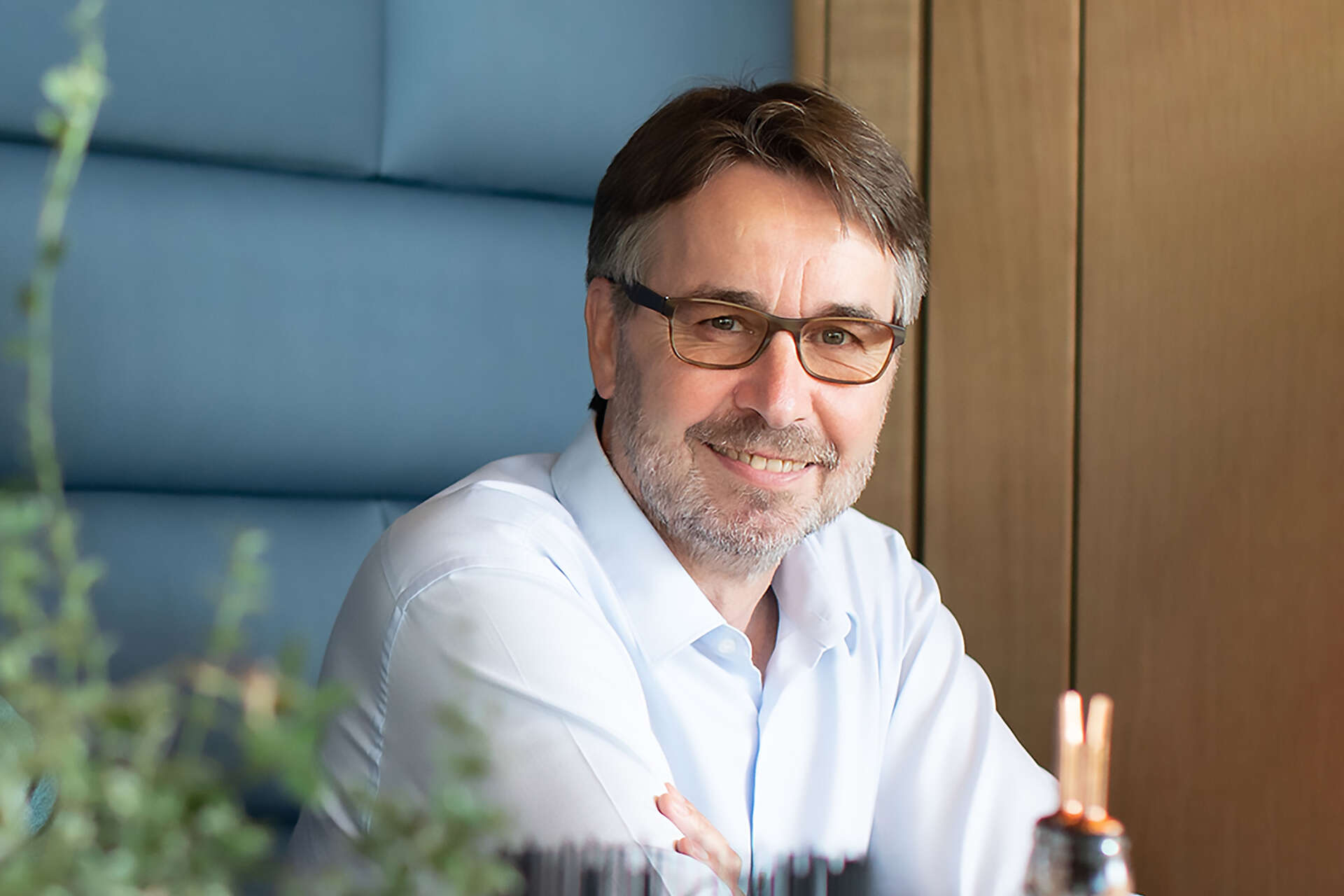Interview with Alexander Horsch, Managing Director of CP Bauteam GmbH
TFor over 20 years now the Aachen-based company CP Bauteam has been practising the Bauteammodel – method (Design & Build). Accordingly, CP is the sole contractual partner of the client, with the project being realized through teamwork in partnership. In an interview with “The Property Post”, CP Managing Director Alexander Horsch talks about the communication in the construction project, the involvement of the client and the positive mindset of our Dutch neighbours.
The Property Post: What does your company understand by the Bauteammodel-method?
Alexander Horsch: With our company headquarters in Aachen, we benefit from our neighbourhood to the Netherlands, where the Bauteam method was developed. The construction industry in the Netherlands is consensus-driven – in contrast to that in Germany. The Netherlands has clearly left its imprint on us at CP Bauteam: for more than 20 years we have been realizing projects exclusively in a further developed Bauteammodel (design and build). From a purely legal point of view, we are the sole contractual partner of the client in the cockpit of the project. But de facto it is a partnership of equal status with fixed cooperation partners. This does not exclude a certain heterogeneity of the teams – quite the opposite. So if you move the building to the centre, you tear down traditionally divisive walls and develop a positive momentum of its own, which experience shows makes successful project completion almost a foregone conclusion.
TPP: In your opinion, what are the reasons for the increasing demand for construction projects from a single source?
Horsch: Construction projects today are much more multi-layered and complex than they were a few years ago: The required building functionality is growing, the client needs more process reliability, resources must be conserved and sustainable alternatives found. In addition, digitalization in the construction industry is advancing steadily and the proverbial green field site is becoming increasingly rare. How does the industry react to this? From our point of view, the only possible answer is to bundle competences and enforce teamwork. The traditional separation of planning and execution, it’s dog-eat-dog against the client and his planners are obsolete and not helpful. A glance at the market shows: Numerous examples in the Netherlands, the Anglo-Saxon countries, but also in Germany speak for themselves – the increasing demand for execution from a single source is the echo of these good experiences.
TPP: How do you rate the development of building in partnership in the German construction sector?
Horsch: My feeling after 30 years in the industry is that we are currently at a turning point. Projects are increasingly going awry due to the complexity described above – paired with the traditional and conservative way of realisation. This illustrates the need for a rethinking here. Fortunately, there are clear tendencies among all those involved in construction towards a “we together” instead of a “me first” approach. Incidentally, I also include the approval authorities in the public administrations. A real cultural change, however, takes time. With an exclusive focus on building in partnership, we are making our contribution. It is nice to see that events like the “2nd Design & Build Conference” support our approach and enrich the construction and real estate industry with this important topic.
TPP: Other countries are already a step ahead: in the USA, Great Britain and the Netherlands, partnership models are already firmly established, as mentioned above. How can such models be implemented in Germany?
Horsch: From my point of view, there are four points to consider here. Firstly: When selecting planners and contractors, this must not be done solely on the basis of the most cost-effective offer. Rather, expertise, quality, reliability, team spirit and commitment are decisive. Secondly, knowledge of the cost influence curve – high influence at the beginning of the project, low influence at the time of construction – is almost common knowledge. It is all the more surprising that the knowledge of this often leads to no corresponding behaviour. So we inevitably have to combine forces and competences already in the planning phase. Thirdly: In the German construction industry, it is unfortunately common practice to spend enormous financial and time resources on supplements and legal disputes. A consensus-oriented conflict culture and communication can remedy this. Fourthly: In order to safeguard against the ominous “What happens if…”, a tightly woven web of bureaucracy lies over the entire German construction industry. Obstacles to partnering, for example from the law on crafts or professional ethics, public procurement law, but also from private-sector clients, should be identified, put to the test and dismantled.
First publication: The Property Post, March 2018
